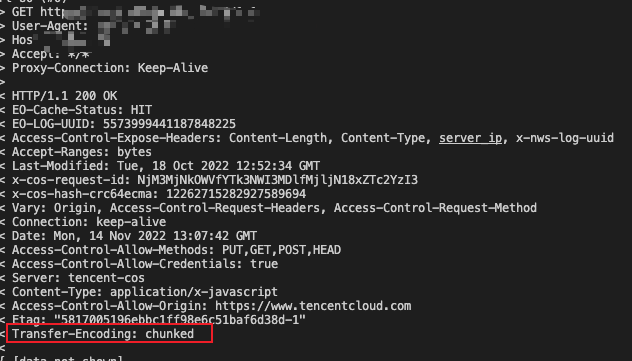Responding in Streaming Mode
In this example, the Fetch API is called to fetch a remote jQuery.js resource, and the resource is sent to a client in streaming mode in response to a request from the client.
Sample Code
async function handleRequest(request) {const response = await fetch('https://static.cloudcachetci.com/qcloud/main/scripts/release/common/vendors/jquery-3.2.1.min.js');if (response.status !== 200) {return response;}// Generate readable streams and writeable streams.const { readable, writable } = new TransformStream();// Respond to the client in streaming mode.response.body.pipeTo(writable);return new Response(readable, response);}addEventListener('fetch', event => {event.respondWith(handleRequest(event.request));});
Sample Preview
In the address bar of the browser, enter a URL that matches a trigger rule of the edge function to preview the effect of the sample code.
